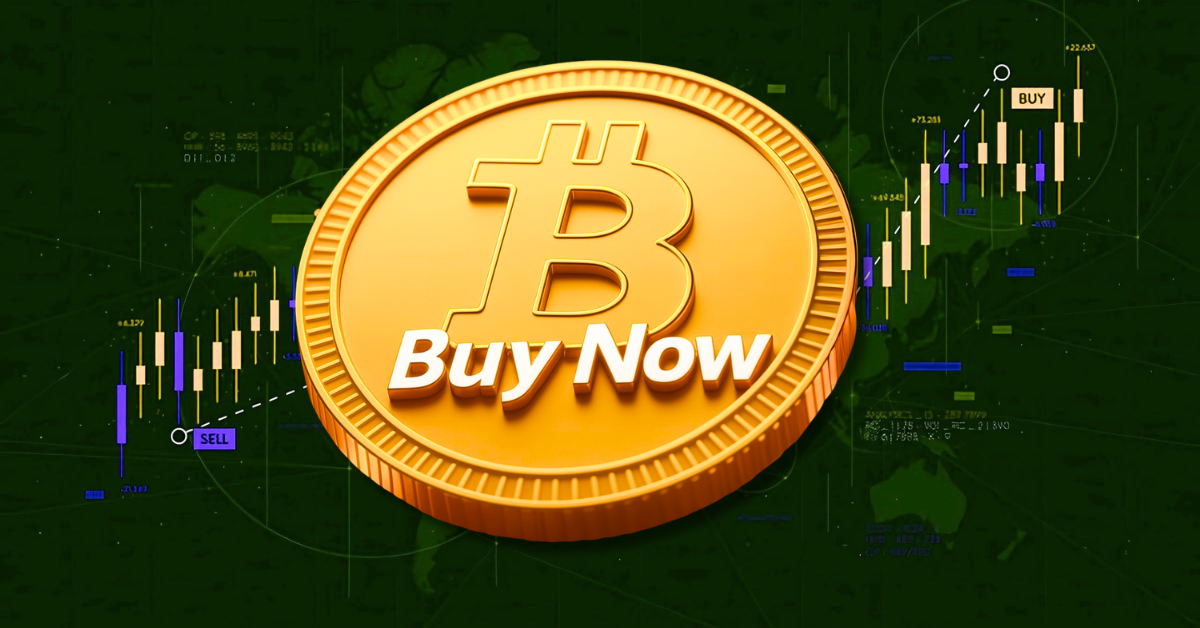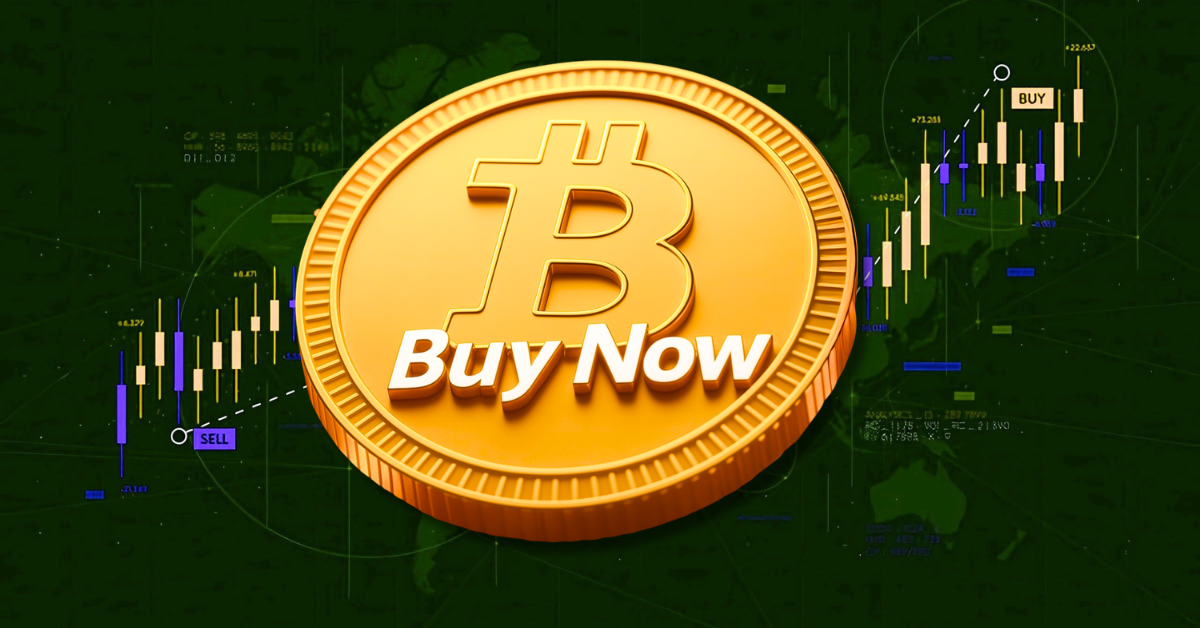Bitcoin’s Rocky Road: Navigating Trump, Powell, and Market Volatility
The year 2025 has brought the cryptocurrency world to a critical juncture, where politics and finance intersect in ways that are both familiar and unpredictable. Bitcoin, the pioneering cryptocurrency, finds itself in the crosshairs of a high-stakes power struggle between U.S. President Donald Trump and Federal Reserve Chair Jerome Powell. Trump’s relentless pressure on the Fed to lower interest rates, coupled with his thinly veiled threats to replace Powell, has sent shockwaves through both traditional and digital markets. Bitcoin investors are left on edge, with the cryptocurrency oscillating within a volatile range. This report delves into the complex dynamics at play, examining how political maneuvering and monetary policy are shaping Bitcoin’s price action and overall market sentiment.
The Trump-Powell Showdown: A Battle for Monetary Control
At the heart of the issue is Trump’s dissatisfaction with the Federal Reserve’s interest rate policy. He argues that lower interest rates would stimulate the economy, boost growth, and weaken the dollar. Trump views Powell as an obstacle to these goals, accusing him of being “stupid” and openly considering his replacement. This open conflict between the President and the Fed Chair raises serious concerns about the independence of the central bank. Historically, the Fed has operated with a degree of autonomy to ensure that monetary policy decisions are based on economic data and long-term stability, rather than short-term political considerations. Trump’s aggressive tactics are perceived by many as an attempt to politicize the Fed, potentially undermining its credibility and effectiveness.
The implications of this power struggle extend beyond the U.S. economy. A politicized Fed could lead to erratic monetary policy decisions, which could destabilize global financial markets. Investors, both institutional and retail, are closely watching the situation, as any significant changes in Fed policy could have far-reaching consequences for asset prices, including Bitcoin.
Bitcoin’s Price Swings: A Reflection of Uncertainty
The market’s reaction to the Trump-Powell saga has been palpable, particularly in the cryptocurrency space. Bitcoin’s price has experienced significant volatility, reacting sharply to every twist and turn in the political drama. For instance, when Trump threatened to terminate Powell, Bitcoin briefly spiked above $87,600, while the dollar weakened, reflecting investor concerns about the future direction of monetary policy and the potential for dollar devaluation. Conversely, when Powell offered no indication of immediate rate cuts, Bitcoin slipped back, demonstrating the market’s sensitivity to Fed policy signals.
The prevailing market sentiment is one of caution. Investors are hesitant to make decisive moves, preferring to wait and see how the situation unfolds. This uncertainty is reflected in Bitcoin’s trading patterns, which have been characterized by sideways movement and a struggle to break through key resistance levels. The resistance level hovered around $112,000 while support appeared around $85,000 with dips to around $84,000.
Interest Rates and Bitcoin: An Inverse Relationship?
The relationship between interest rates and Bitcoin is complex and multifaceted. Traditionally, lower interest rates tend to weaken the dollar, making alternative assets like Bitcoin more attractive to investors seeking a store of value. Lower rates also encourage borrowing and investment, potentially fueling economic growth and increasing demand for riskier assets like cryptocurrencies.
However, the impact of interest rate changes on Bitcoin is not always straightforward. Factors such as inflation, economic growth, and global market sentiment can also play a significant role. Moreover, the cryptocurrency market is still relatively young and evolving, making it difficult to predict its long-term response to monetary policy changes.
For example, in 2023, when the Fed raised interest rates to combat inflation, Bitcoin experienced a significant sell-off. However, as inflation began to ease and the Fed signaled a potential pause in rate hikes, Bitcoin’s price rebounded. This pattern suggests that Bitcoin’s price is influenced by a combination of factors, including monetary policy, economic data, and investor sentiment.
Global Economic Tensions: Adding Fuel to the Fire
The Trump-Powell conflict is not the only factor influencing Bitcoin’s price. Global economic tensions, particularly trade disputes, are also contributing to market uncertainty. Concerns about a potential trade war, for example, can lead investors to seek safe-haven assets, potentially benefiting Bitcoin.
The divergence between U.S. and European Central Bank (ECB) policies is another important consideration. If the U.S. pursues a more expansionary monetary policy (i.e., lower interest rates) while the ECB maintains a tighter stance, it could weaken the dollar and boost Bitcoin’s appeal. This divergence could create a situation where investors seek to diversify their portfolios by allocating a portion of their assets to Bitcoin, which is seen as a hedge against currency devaluation.
ETF Inflows: A Sign of Institutional Interest
Despite the market volatility, there are signs of growing institutional interest in Bitcoin. Bitcoin ETFs (Exchange Traded Funds) have experienced inflows, indicating that institutional investors are beginning to allocate capital to the cryptocurrency. This trend suggests that Bitcoin is gradually gaining acceptance as a legitimate asset class, which could provide long-term support for its price. In one week Bitcoin ETFs saw $15.85 million in weekly inflows, breaking a two-week outflow streak.
The influx of institutional capital into Bitcoin ETFs is a significant development. It signals that traditional financial institutions are increasingly viewing Bitcoin as a viable investment option. This shift in perception could lead to further adoption and integration of Bitcoin into mainstream financial products, such as retirement accounts and hedge funds.
Beyond the Noise: Bitcoin’s Intrinsic Value Proposition
Amidst the political noise and market fluctuations, it’s important to remember Bitcoin’s underlying value proposition. Bitcoin is a decentralized, censorship-resistant digital currency that offers a unique alternative to traditional financial systems. Its limited supply and cryptographic security make it an attractive store of value, particularly in times of economic uncertainty.
Furthermore, Bitcoin’s decentralized nature makes it resistant to government control and censorship, which is appealing to individuals and businesses operating in countries with unstable political or economic environments. This inherent value proposition is what ultimately drives long-term adoption and price appreciation.
The Road Ahead: Navigating Uncertainty and Opportunity
Looking ahead, the future of Bitcoin remains uncertain, but the opportunities are immense. The cryptocurrency will likely continue to be influenced by political events, monetary policy decisions, and global economic trends. However, its underlying value proposition and growing institutional adoption suggest that it has the potential to become a mainstream asset class.
Investors need to be prepared for continued volatility and should adopt a long-term perspective. Diversification, risk management, and a thorough understanding of the market dynamics are essential for navigating the evolving cryptocurrency landscape.
Conclusion: A Resilient Asset in a Turbulent World
In conclusion, Bitcoin’s journey through the political and economic turbulence of 2025 highlights its resilience and potential. While the Trump-Powell saga and broader market uncertainties have triggered price swings, Bitcoin’s fundamental value as a decentralized, scarce, and censorship-resistant asset remains intact. As institutional adoption grows and the crypto market matures, Bitcoin is poised to play an increasingly important role in the global financial system, regardless of the political climate. The key for investors is to look beyond the short-term noise and focus on the long-term vision of a decentralized, trustless, and accessible financial future.












